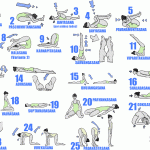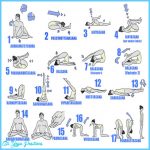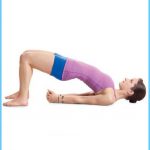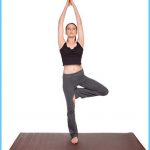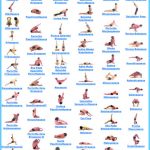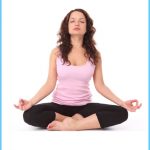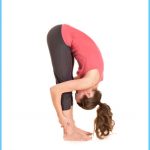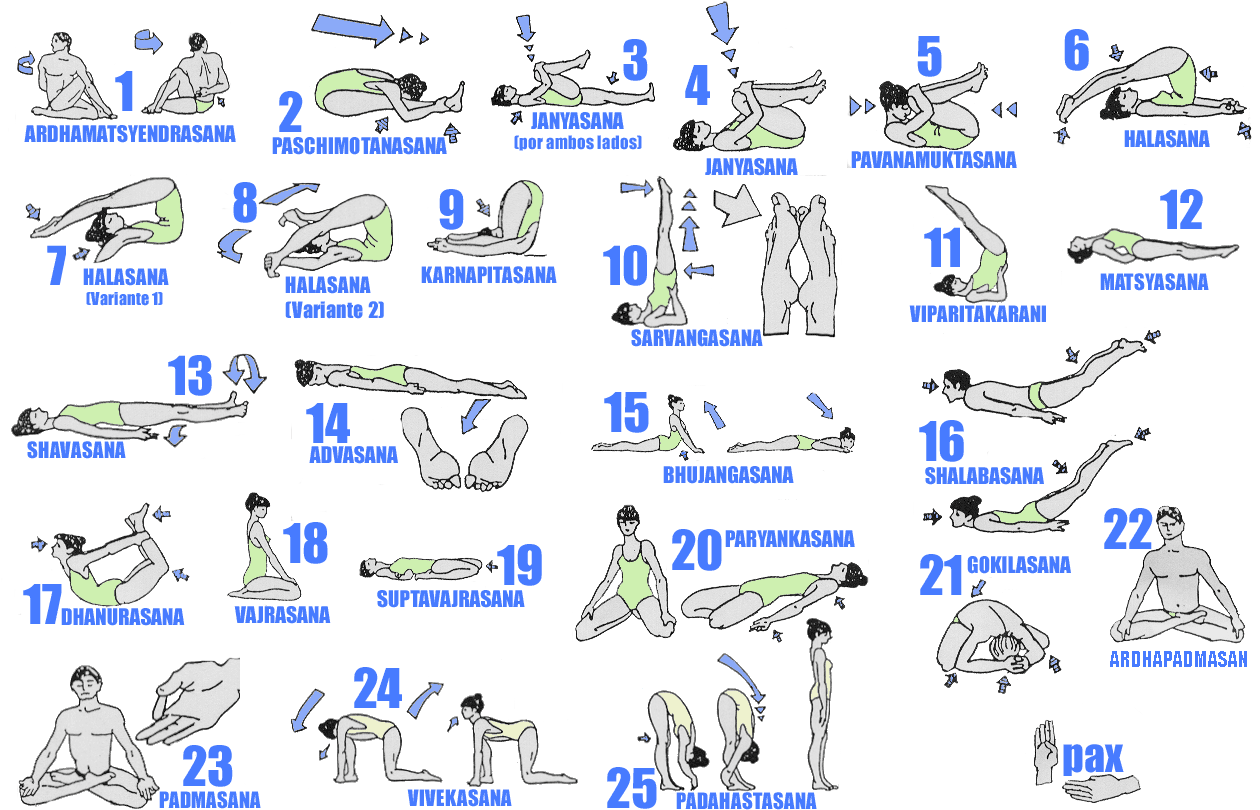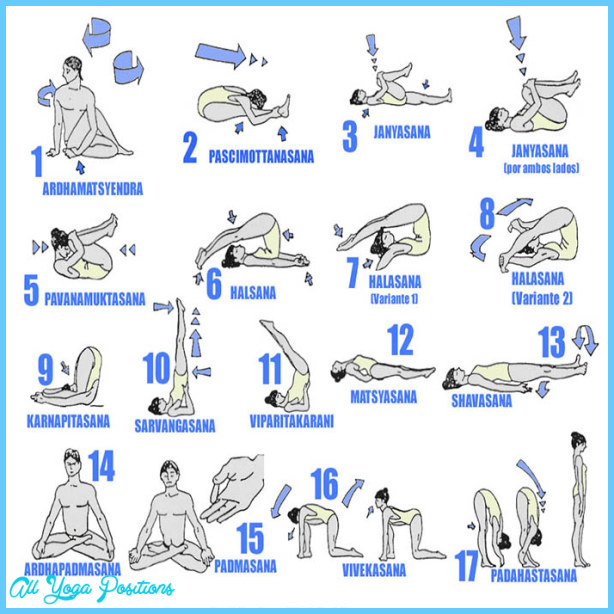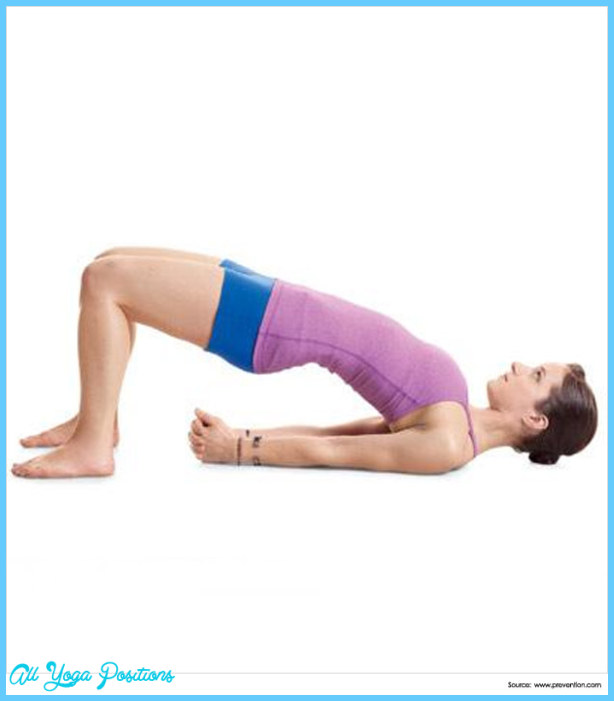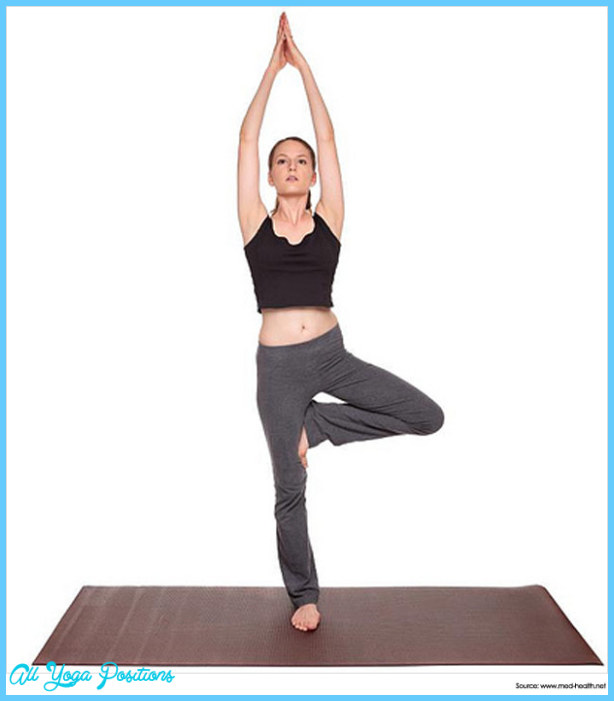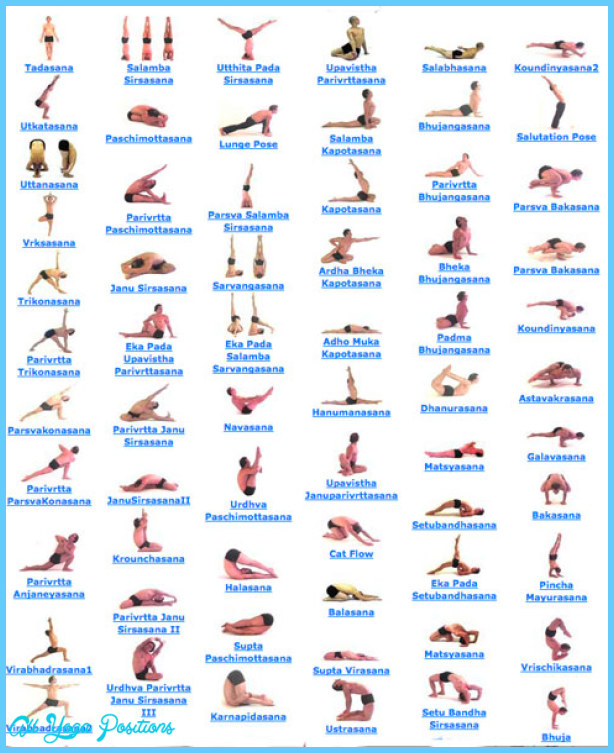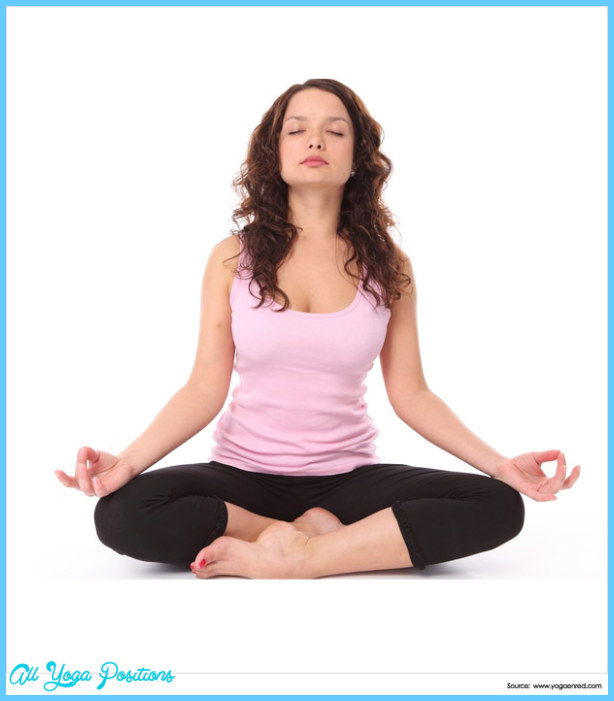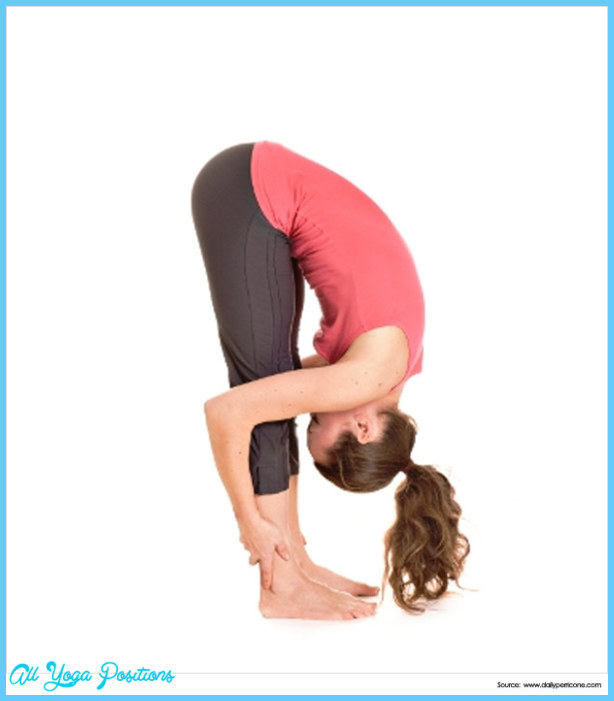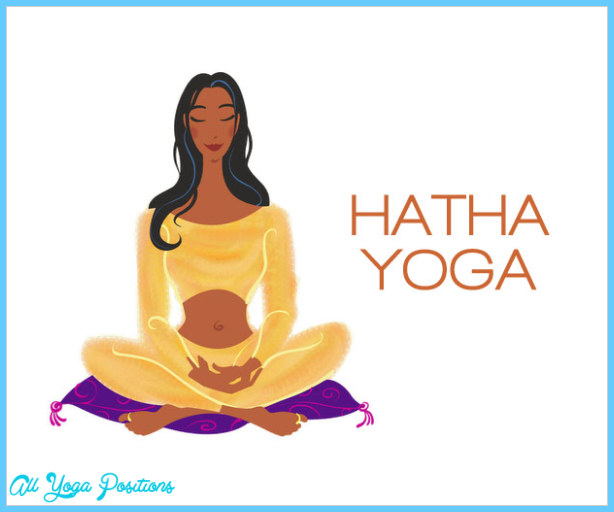Approximately 85 percent of the people who practice yoga practice hatha, or physical, yoga. Hatha yoga has become synonymous with bending, stretching, twisting, and standing on your head. This is a bit of a distorted picture of hatha. Hatha yoga uses a series of slow, gentle movements strung together by breathing and concentration. Through a series of poses or postures, breathing techniques, and concentration hatha yoga works to weave the breath, body, and mind together.
A movement or posture can be something as simple as standing erect and consciously raising your arms to the sides of your body, or it can be something a little more complicated, such as lying on the floor on your stomach, bending your knees, and reaching back with both hands to grab your ankles and put the body into a bow position.
Though the systems of hatha yoga vary there are enough Westernized versions of this ancient Indian discipline to make even the most liberal yogi leery the benefits are unmatched: balance, strength, flexibility, and a reprieve from life’s unrelenting static.
Some hatha approaches you will encounter refer to a particular teacher who has refined his method, while others refer to a particular yoga practice. Some of the approaches are rigorous or more physically demanding, while others have a definite meditative or therapeutic quality about them.
These hatha yoga approaches were brought to the West by yoga masters, many of whom were either strongly influenced by or studied with a man by the name of Sri Krishnamacharya.

